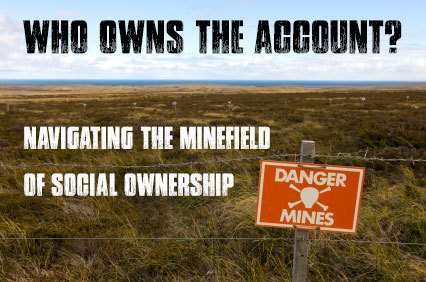After years of relentlessly being inundated by business books overflowing with textbook terms like ‘brand equity’, ‘value proposition’, and ‘positioning statement’, this book was incredibly refreshing and rejuvenating. It cuts through the BS and gives you the tools you need to build a powerful brand TODAY.
‘Brand Against The Machine’ isn’t like any other brand book you’ve ever read. Its chapters are short, and free of fluff. Each one is like an espresso shot of inspiration. The language style is conversational, and injected with humour. Author John Morgan @johnmorgan wastes no time in getting right to the point: Brand-building is going through a metamorphosis, and things are never going to be the same.
Now that communications between customers and brands have evolved and are far more powerful, far faster, and far more widespread, the branding methodology we’ve traditionally used is being shaken to its core. No longer are brands determined by the company’s positioning statement, but rather what your consumers say and think. They are the judge of what your brand is. You don’t tell them, they tell you.
Morgan’s book isn’t a preachy view from 30,000ft. It provides real-world examples of branding successes and failures using methods that are far from mainstream. One of the most poignant lessons I took away from BATM is to let go of our reliance on the ‘tried and true’. Take a chance, take a risk, and try something that’s never been done before. The most memorable and powerful brands are the ones who break from the mainstream and zig when everyone else zags.
Without a doubt, you will be inspired by this book. Each chapter attacks one particular branding issue or challenge, and will leave you with a simple concept that makes you confident that ‘Yes, we CAN try that’. Brand Against The Machine will undoubtedly be one of those books you keep on your desk or in your office and will be read and re-read time and time again. If you want to know what it takes to build a remarkable brand in 2012 and beyond, you need this book. Part roadmap; Part wake-up call; All awesome.
Find Brand Against The Machine on Amazon
More great stuff from John Morgan
Note: This review was not solicited in any way. My copy of Brand Against The Machine was purchased personally.
This review originally written for http://crowdshifter.com





















